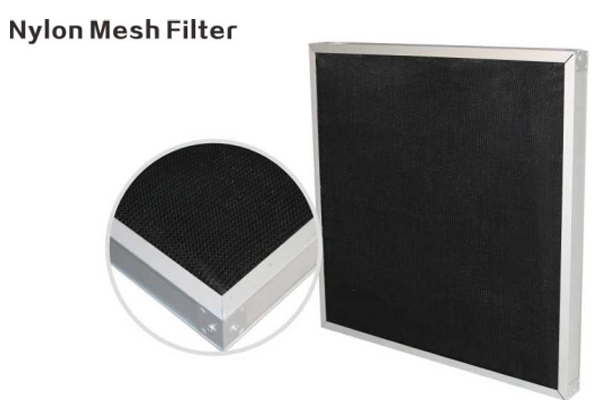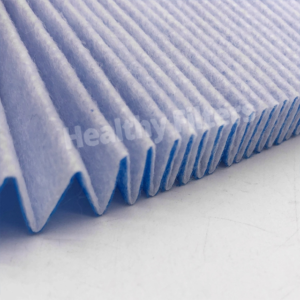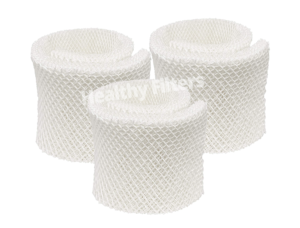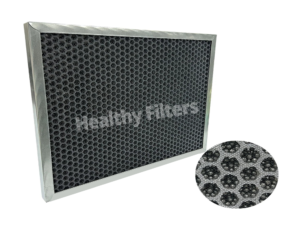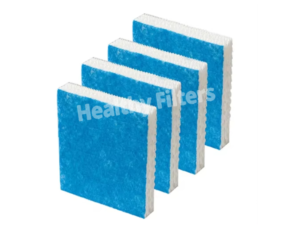Nylon mesh filter is an efficient and durable filter component made of nylon (polyamide, PA) material. With its excellent mechanical strength, chemical stability and reusability, it is widely used in liquid filtration, air pre-filtration and industrial screening scenarios. It achieves graded interception through a precisely woven mesh structure, combining the advantages of high-efficiency filtration and low operating costs, and is an ideal choice for food processing, pharmaceuticals, chemicals and water treatment.
Core structure and material properties
Material properties
Nylon material: high molecular polymers such as nylon 6 and nylon 66, which are wear-resistant, tensile-resistant, resistant to weak acids and alkalis and organic solvents, and can withstand temperatures ranging from -40°C to 120°C.
Surface modification: Some models are treated with hydrophobic, antistatic or antibacterial coatings to meet special working conditions (such as anti-sticking oil or inhibiting microbial growth).
Weaving process
Plain/twill weaving: through the precision weaving of monofilament or multi-strand nylon wire, a uniform mesh is formed, with a pore size range of 10μm to 5mm (corresponding to mesh number 20-200 mesh), which meets different precision requirements.
Multi-layer composite: Gradient pore size design (such as outer layer coarse pore + inner layer fine pore) realizes progressive filtration and reduces the risk of clogging.
Core functions and advantages
Efficient graded filtration
The interception range of particles is wide, from coarse particles (such as gravel, fiber) to fine particles (such as metal chips, suspended matter), and the filtration efficiency can reach 70%-95% (depending on the mesh number and flow rate).
Liquid filtration scenarios can block impurities, crystals, and protect pumps, valves and precision instruments.
Chemical resistance and long life
Resistant to acid and alkali environments of pH 4-10 and common solvents (such as ethanol, grease), suitable for chemical and electroplating liquid filtration.
High fatigue resistance, supports repeated cleaning (water flushing, ultrasonic or chemical cleaning), and the number of cycles can reach more than 50 times.
Low resistance and high flux
The open mesh structure maintains low pressure drop (initial pressure difference <20Pa), and the liquid filtration flow rate can reach 1-5m³/h (depending on the aperture and system pressure).
Lightweight and flexible adaptation
The weight is 30%-50% lighter than the metal mesh, supports cutting, hot melt welding or coil form, and is suitable for filter bags, filter cartridges, filter discs and other filter structures.
Typical application areas
Food and beverage:
Filtration of suspended matter in juice and beer, interception of pomace and yeast;
Removal of impurities in edible oil refining, in compliance with FDA food grade safety standards.
Pharmaceuticals and bioengineering:
Prefiltration of liquid medicine and culture medium, protection of sterilization grade filter membrane;
Cell retention and separation in bioreactors.
Industrial manufacturing:
Particle filtration of cutting fluid and electroplating liquid to extend the service life of the liquid;
3D printing powder screening to ensure particle size uniformity.
Water treatment:
Desalination pretreatment intercepts algae and sand particles;
Solid suspension separation in sewage treatment.
Air purification:
Industrial ventilation system prefiltration (MERV 4-6) to protect the rear-end high-efficiency filter element.
Selection and maintenance guide
Key selection parameters
Filtration accuracy: Select the mesh size according to the target particle size (such as 100 mesh corresponds to 150μm pore size); liquid filtration needs to adjust the pore size in combination with flow rate and viscosity.
Chemical resistance: In strong acid (pH<4) or strong oxidant environment, it is recommended to choose modified nylon (such as PA12) or metal mesh instead.
Temperature adaptation: For working conditions exceeding 100℃, high-temperature resistant nylon (such as PA46) or metal support layer composite structure should be selected.
Installation and cleaning
Installation seal: Use silicone gasket or ultrasonic welding to ensure no side leakage, and liquid filtration needs to avoid mechanical damage to the mesh surface.
Cleaning method:
Reverse flushing with clean water to remove surface impurities;
Stubborn stains can be soaked in neutral detergent (avoid strong acid and alkali);
Ultrasonic cleaning (40-60kHz) to restore permeability.
Dry storage: Dry in a cool and ventilated place after washing to avoid high temperature exposure causing material aging.
Replacement standard
Mesh deformation rate>20% or pressure difference is still 2 times higher than the initial value after repeated cleaning;
Surface coating peels off or irreversible chemical damage occurs (such as brittleness, discoloration).
Nylon mesh filter has become a universal solution for cross-industry filtration and screening applications with **”high cost performance, strong adaptability, and easy maintenance”** as its core competitiveness. With the advancement of surface functional modification technology, it is gradually expanding to high value-added fields (such as lithium battery slurry filtration and nanomaterial classification), continuously promoting the practicality and economic upgrade of filtration technology.

